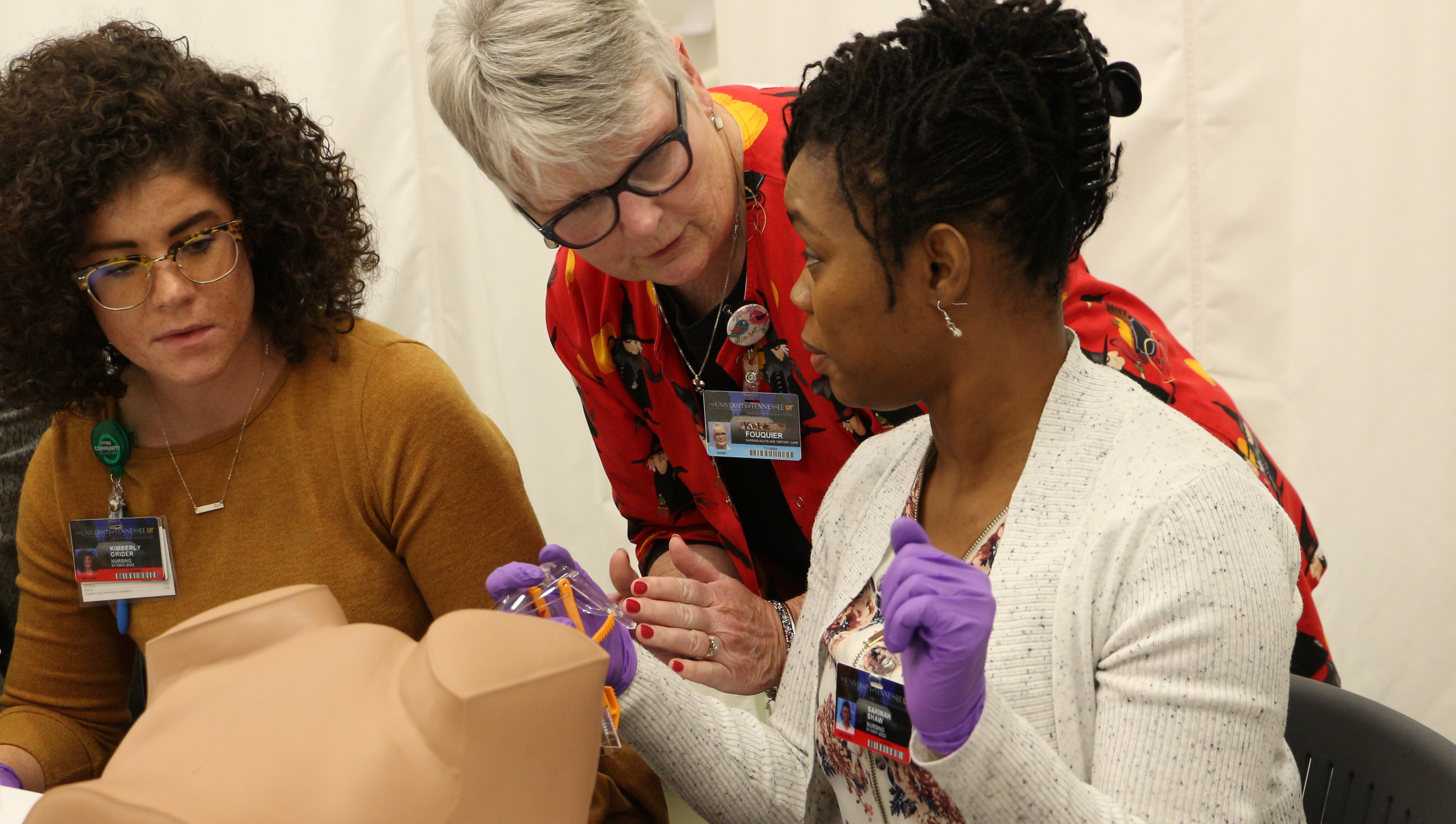DOI
10.21007/con.dnp.2025.0097
Faculty Advisor
Laura Reed, DNP, APRN, FNP-BC, CNE
Clinical Site
UT Family Medicine
Document Type
Poster
Publication Date
Spring 3-18-2025
Disciplines
Cardiology | Cardiovascular Diseases | Diseases | Health and Medical Administration | Health Information Technology | Health Services Administration | Health Services Research | Investigative Techniques | Medicine and Health Sciences | Nursing | Quality Improvement
Abstract
Purpose/Background
Hypertension is a significant risk factor for cardiovascular and kidney diseases but is often under-diagnosed and poorly managed. Electronic Health Records (EHR) can help by providing automated reminders to recheck elevated blood pressure (BP) readings, ensuring accurate measurements, and guiding clinical interventions. This study aims to determine if EHR-based reminders improve BP control in adult patients aged 21 and older, focusing on hypertension diagnosis accuracy and timely management.
Methods
After a literature review, the study took place in a primary care clinic and only included patients with an existing diagnosis of hypertension. Thirty patients were included in the study. Personal identifying factors were redacted, and they were assigned numeric numbers. The following data was obtained and analyzed: the highest and lowest in-office BPs, the number of times BP was re-checked if over 140/90, and the percentage of BPs ≤140/90 or ≥140/90.
Results
Among all research participants (n=30), 14 had BPs ≤140/90 while 16 had BPs ≥140/90. Out of the 16 participants with elevated BPs, 9 had rechecks, with 5 having BPs ≤140/90. 5 did not get BP rechecks. The percentage of BPs ≤140/90 was 46.67%, and ≥140/90 was 53.3%. Results of the study indicate rechecking in-office BPs can be beneficial in reducing the number of high readings, potentially minimizing unnecessary diagnoses of hypertension.
Implications for Nursing Practice
Re-checking BPs in-office helps reduce the likelihood of false high readings caused by anxiety or temporary factors, ensuring more accurate diagnoses. This approach can prevent unnecessary hypertension diagnoses and reduce the over treatment of patients. It also promotes individualized care, allowing clinicians to confirm elevated readings before initiating treatment, which leads to better patient outcomes and reduces healthcare costs.
Recommended Citation
Ghous, Umme Kulsoom; McCulley, Logan; Hall, Danielle C.; Lambert, Linda Katherine; and Reed, Laura DNP, APRN, FNP-BC, CNE , "Using EHR Reminders to Control Hypertension" (2025). Doctor of Nursing Practice Projects. Paper 97. http://dx.doi.org/10.21007/con.dnp.2025.0097.
https://dc.uthsc.edu/dnp/97
Included in
Cardiology Commons, Cardiovascular Diseases Commons, Health Information Technology Commons, Health Services Administration Commons, Health Services Research Commons, Investigative Techniques Commons, Nursing Commons, Quality Improvement Commons



